The experts believe that the growth is due to the increase in forex rates at domestic free market besides the rise in goods prices in the global market which have brought Iranian export companies listed at stock market a good profit and pulled the indices up.
To have a clear overview about the issue, Mehr news agency conducted an interview with Roohollah Hosseini Moghaddam, deputy head of Tehran Stock Exchange’s (TSE).
“Iran’s capital market including Tehran Stock Exchange (TSE) have registered a growth of 15 percent as of the beginning Iranian calendar year 1398 (March 21, 2019), i.e. the prices of different companies’ stakes have averagely increased by 15 percent,” Hosseini Moghaddam confirmed, “The positive trend has started since a month before the new year and is continuing by the present time.”
“Above 250 trillion rials (about $1.78 billion) of securities were traded at TSE and FIB as of the new Iranian year,’ he said.
“This growth has occurred simultaneous with the rise in liquidity and transactions’ turnover, in the way that the average total value of daily transactions has grown up to six times more, in comparison with the same time in the preceding year,” he explained.
Being asked about the reasons of the registered growth, the stock market official said that “there are many reasons for the prices increase at stock market.”
“The listed companies registered good yearend reports. They could earn remarkable interests during the past year and paid them to the shareholders at the end of the financial year, which, in Iran, matches the calendar year,” he said, “Price-to-earnings ratio (P/E ratio), determining stock valuation, for the investors is expected to stand below 3 for majority of the shares in the said time span, i.e. the stock market has been highly efficient and its efficiency is higher than the interest rates for investors.”
Addressing the US sanctions impact on Iran’s economy and market, Hosseini Moghaddam explained that “despite the expectations which suggested that the listed companies would experience a decrease in selling their shares following the implementation of the final round of US sanctions [in November, 2015], what happened in reality was totally different.”
“The listed companies continued registering growth in their sales, this assured and lured investors to the stock market in where they could experience a predictable and analyzable market,” he added.
“There are many attractive markets available for investors in Iran, including foreign exchange, real estate and gold, those which absorbed a high volume of liquidity in 1397 and the last months of 1396 since they had experienced inflated prices in the said time,” he noted.
“The registered growth in the past recent months can be due to the fact that the named lucrative investing markets were saturated in this period,” he said, “This made the stock market seem more profitable than the other ones.”
“As predicted, Iran is to witness a negative economic growth, however, according to the available documents of the listed companies at stock market, production level is experiencing no decrease in quantity but increase in sales prices is obvious,” he added expressing content.
Answering a question about the impact of forex rate fluctuations and rial depreciation on the growth of stock market indices, the official said that “foreign exchange rates have had a significant role, or in better words the most influential one, in domestic stock market during the past two years.”
“The impact can be described by many reasons. First, the majority of the listed companies are export ones. Their assets and products are traded at international markets. This lets them experience a level of increase in the value of their sales due to rial-depreciation during the past year. They could also benefit from exemptions and incentives provided to exporters,” he described.
“It is worth noting that, among the 40 industries listed at Iran’s stock market, some have been negatively affected by the increase in forex rates,” he said, “In particular, those who were mere import companies or those who had previously received currency facilities faced some difficulties.”
“Although the forex market has re-started a rising trend in the past few days, during the past three or four months, the rates did not fluctuate severely, the factor that brought stability to the stock market and let the investors to feel secure and find a relative predictability in the market,” he said underlying the transparency of stock market in comparison with other unofficial markets.
Answering a question about the role of stock market in protecting domestic production and exports of non-oil exports under the present circumstance, Hosseini Moghaddam called for the government to provide incentives or exemptions for the present production companies at the stock market, which enjoys a relative transparency, to make producers improve the capacity of production units and production volume.
“Granting incentive packages to listed export companies can spur other production companies to start their activities at the stock market,” he underscored.
“The stock market is presently capable of supplying the required fund for production prosperity regarding the planned financing tools. It is capable of providing production units with cheap financial resources,” he added.
HJ/


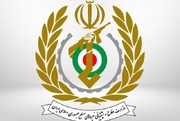

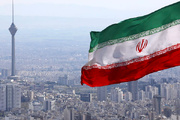

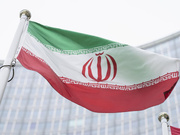
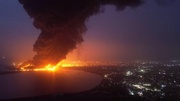

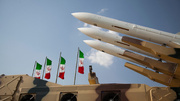

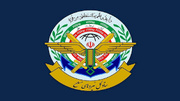









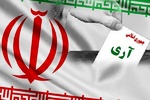



Your Comment